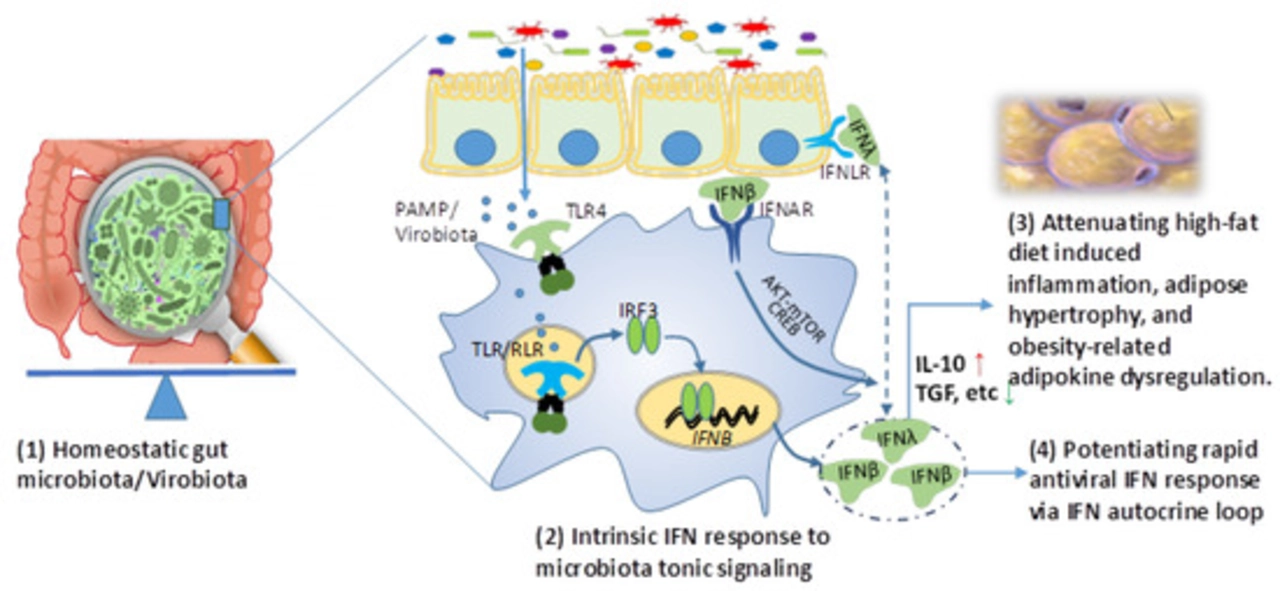Darunavir — what it is and how to use it
Darunavir (brand name Prezista) is an HIV protease inhibitor used to control HIV infection. Doctors give it as part of a combination antiretroviral regimen. It won’t cure HIV, but it helps lower viral load and protect your immune system.
Taking darunavir the right way matters. It needs a pharmacologic booster — usually ritonavir or cobicistat — to reach effective blood levels. Most people take darunavir with food to improve absorption and reduce stomach upset.
Dosing basics
Common dosing: 800 mg darunavir once daily plus 100 mg ritonavir (or 150 mg cobicistat) for people starting therapy or without resistance. If there’s prior resistance, doctors may use 600 mg darunavir plus 100 mg ritonavir twice daily. Your clinician will pick the best plan based on your history and resistance tests.
Never adjust doses on your own. Missing doses or incorrect boosting can lead to reduced drug levels and resistance.
Side effects and what to watch for
Common side effects include nausea, diarrhea, headache, and tiredness. Some people develop a rash — tell your provider right away if it spreads, blisters, or you feel unwell with it.
Serious but less common problems are liver injury and changes in blood sugar or cholesterol. Darunavir can cause fat redistribution (lipodystrophy) in some people. If you have hepatitis B or C, liver monitoring is especially important.
Get baseline labs before starting: viral load, CD4, liver tests, fasting lipids, and glucose. Repeat testing as your doctor recommends to watch effectiveness and safety.
Drug interactions are a big issue. Darunavir is processed by CYP3A and interacts with many drugs — certain statins (simvastatin, lovastatin) are contraindicated, some heart rhythm drugs, and many herbal supplements like St. John's wort. Always tell every provider and pharmacist about darunavir.
Resistance can develop if levels are too low. Known resistance mutations (for example I50V, I84V) reduce darunavir’s effect. That’s why steady dosing and the correct booster are crucial.
Pregnancy and breastfeeding: darunavir is used in pregnancy at times, but dosing and choice of booster need careful review. Always discuss risks and benefits with an HIV specialist or obstetrician experienced in HIV care.
Want to buy darunavir? Get it by prescription only. Use a trusted pharmacy — hospital, clinic-affiliated, or well-known online pharmacies that require a prescription. Avoid unknown sites that sell antiretrovirals without a script; counterfeit or substandard drugs risk treatment failure.
Questions for your doctor: What booster is best for me? How often should I check viral load and lipids? What other meds must I avoid? Ask these so you can stay safe and keep the virus suppressed.
Darunavir is a powerful option when used correctly. Stick to the prescribed regimen, report side effects fast, and keep routine lab checks. That’s how you get the most benefit and avoid problems.

